The Healing Power of Food
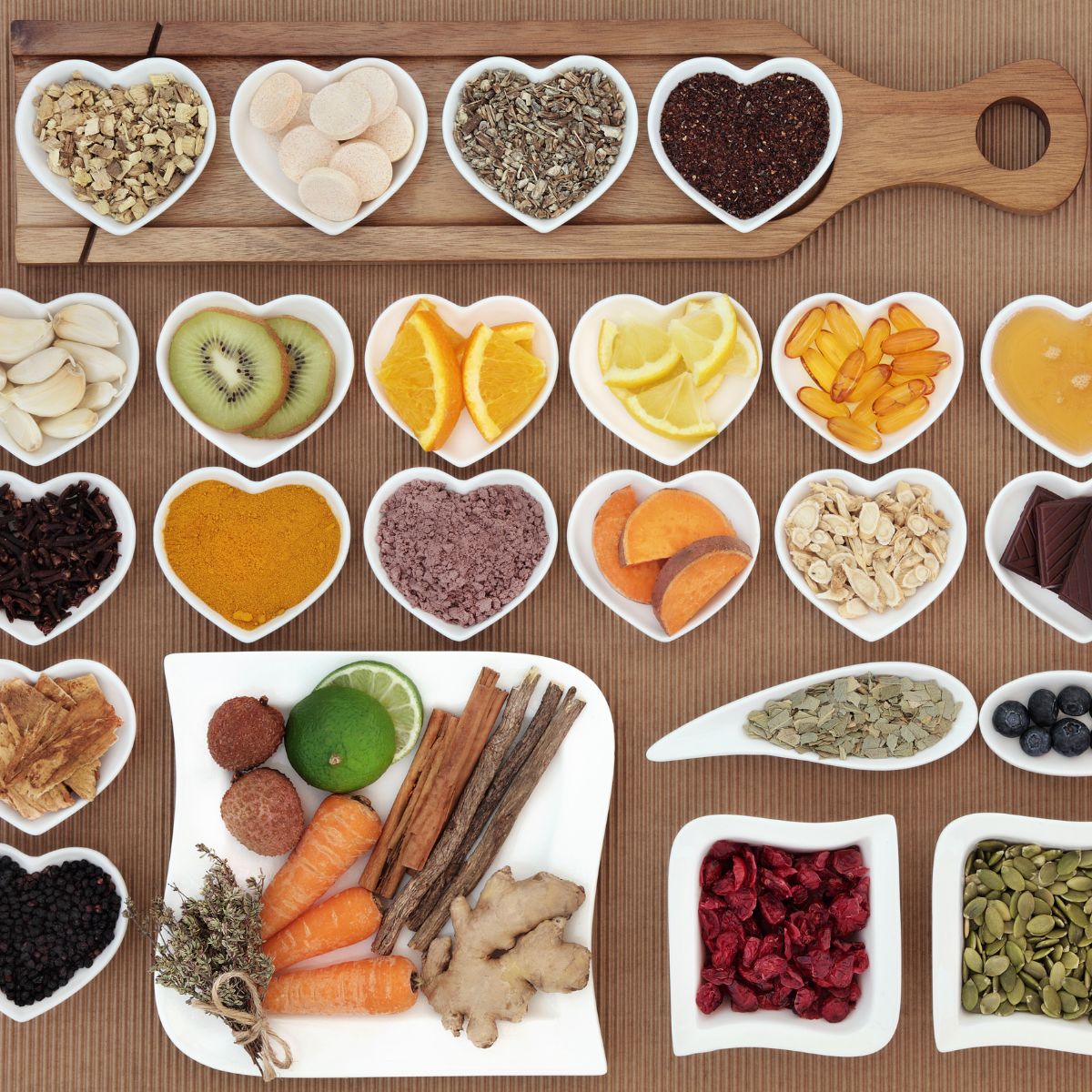
A Doctor’s Journey from Disease to Health.
Originally posted on Sep 26, 2018, 10:36 am. Updated on Oct. 16, 2019.
If you’re doubtful of the healing power of food, just ask Brooke Goldner, M.D. When she was 16 and diagnosed with Systemic Lupus Nephritis with stage four kidney disease, she never thought she would reach the age of 40. Now she’s healed, healthy and was featured on the cover of Vegan Health & Fitness magazine’s Fit Over 40 issue in April 2018. That’s a transformation that she credits almost entirely to the way she eats. Today, as a best-selling author, the founder of VeganMedicalDoctor.com, GoodbyeLupus.com and creator of the Hyper-Nourishing Nutrition Protocol for Lupus Recovery, she’s helping others to heal themselves with food as well.
As I was interviewing Dr. Goldner for my post on Exploring a Plant-Based Diet, she shared her story with me. There was simply no way I could fit in all of the powerful information she gave me into that one post, so I decided to begin my new profile series on the Healing Power of Food with Dr. Goldner’s journey from disease to health. She reveals the not-so-secret way that she overcame her debilitating and potentially deadly disease and some things you can do to heal your body and feel your best.
** The end of this post was updated in October 2019 with information about the amount of nutrition training U.S. doctors get in medical school.
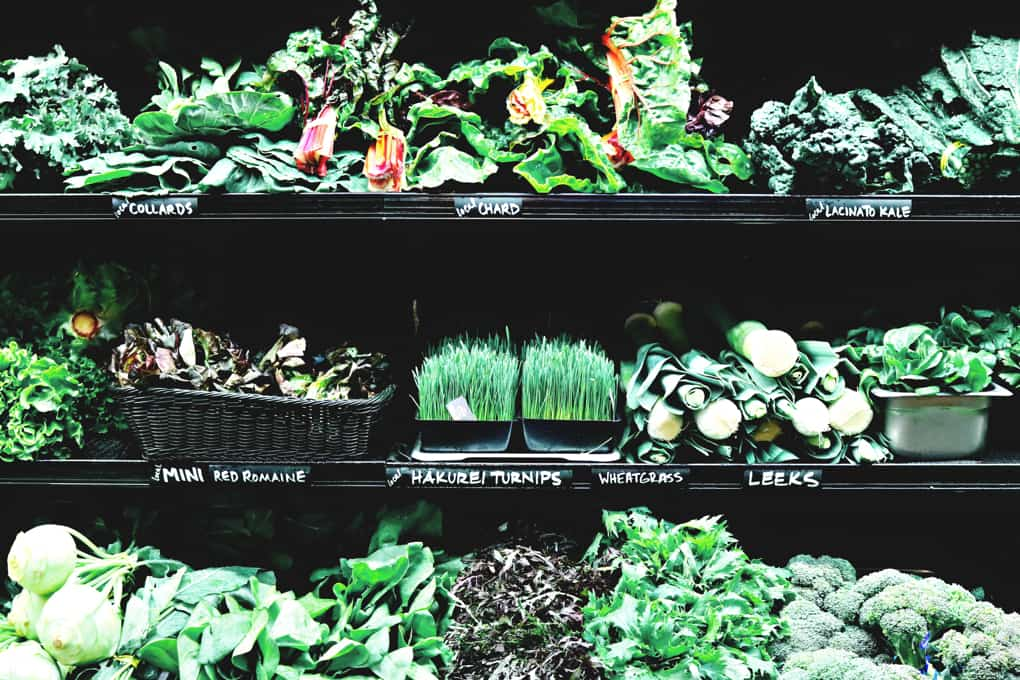
Note: As an Amazon Associate I earn from qualifying purchases made through some of the links included on this page. You can read my disclosure policy here.
A Grim Outlook
When Dr. Goldner was diagnosed with Lupus as a teenager, she was already in stage four kidney failure from the disease, she had arthritis throughout her body, would get long-lasting migraines, and some days couldn’t even get out of bed. She was told she had at best six months to live unless she did “above and beyond aggressive medical therapies.” To say the prognosis was extremely grim would be an understatement.
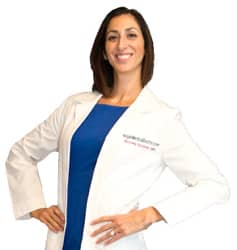
After two grueling years of chemotherapy and high doses of steroids, Dr. Goldner’s disease went into remission. Even though she was stable at the time, she knew that she was going to be someone who didn’t live a long life and that she would probably end up handicapped at some point, more than likely by the time she was in her 40s. As she started medical school, she remembers thinking, “If I go into medicine, I can help people, and even if I don’t live a long life, I’ll have done something important.” Because of the rigorous schedule she had to keep in medical school, Dr. Goldner ended up getting sick again and developed new antibodies that caused blood clots resulting in a mini-stroke. When that happened, they told her that getting pregnant was not an option because she may have a massive stroke or repeated miscarriages and that she would have to be on blood thinners for life. Her expected life span and quality of life were looking fairly grim again.
“I had just graduated medical school at the time. I knew that nutrition had nothing to do with disease!” – Brooke Goldner, M.D.
A Healing Discovery
When Dr. Goldner was 28, she asked her celebrity trainer fiancé Thomas Tadlock, M.S. to train her for their wedding. As part of that training, he put her on the meal plan he had developed. She says, “He had figured out that you can increase people’s metabolic state, by feeding them huge amounts of raw vegetables, high Omega 3s and a lot of hydration, and at the time, he also thought you needed meat for muscle building. This was a long time ago. So, it was kind of like the best version of paleo could be nowadays. He was doing that and getting great results.” Since Dr. Goldner was a vegetarian at that point, she didn’t eat the meat, but she added tofu and followed the rest of his plan. Within a few months and with nutrition being the only thing that had changed, her Lupus tests were negative for the first time since she had been diagnosed 12 years before, and they have been ever since. That was 13 years ago.
Dr. Goldner has easily maintained low body fat and high fitness levels and was even able to have two healthy pregnancies and to give birth to two healthy sons. She says, “I have an amazing life now. It’s quite remarkable to compare the 12 years prior and the 13 years after. It’s like I’m in a different body altogether, and really I am. The body I live in now is built out of kale, spinach, broccoli, flax and chia seeds instead of being built out of macaroni and cheese, Doritos and eggs like it was before.”
According to Dr. Goldner, what she discovered for herself about the healing power of food holds true for everyone. “All of our cells, every single cell in our body, is made out of what we eat. There’s no way around it. Literally, that expression, you are what you eat, is true. We make ourselves out of our foods. The reason that people get sick is that they’re either eating foods that make them sick and/or they’re not eating the foods that their body uses for repair and healing.” What do our cells need for healing and repair? Dr. Goldner says the not-so-secret secret is in the vitamins, minerals, antioxidants and all the different phytonutrients we get from living plants. In other words, a whole foods, plant-based diet that she strongly believes can cure most of what ails us.
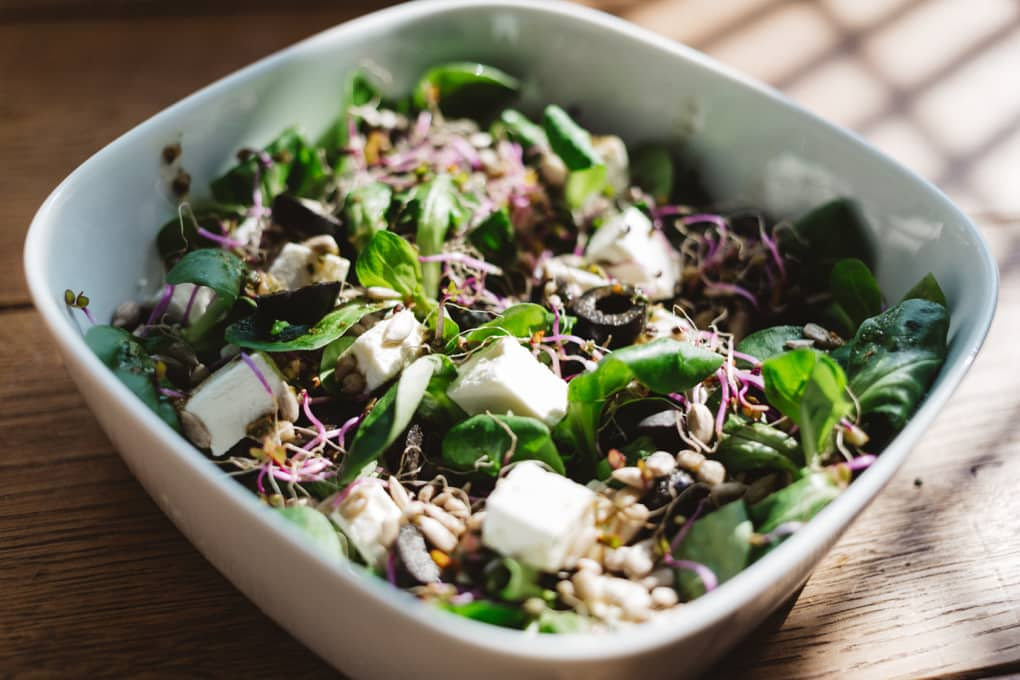
Photo by freestocks.org from Pexels
The Healing Power of Food
When Dr. Goldner is trying to help people recover from illness, she implements a protocol with them that focuses on what she calls hypernourishment. This is her specialty – to use the healing power of food to help her patients learn how to nourish themselves from the cellular level. She does this by getting them to focus not only on what to get rid of but what to add. “Every bite that you put in your mouth is something that your cells use for cellular repair – nothing else.” This means making sure that 75 percent of what you eat is coming from green salads, green smoothies and fresh foods “because that’s what our bodies should be built from.” She says that in the long term, people can eat things like whole grains, beans and other things but when she’s helping people with what she calls rapid recovery (a matter of weeks to a couple of months), she doesn’t use any cooked plant foods. The focus is on raw foods, especially greens.
She says that even if people just want to get closer to a healthier version of themselves, adding what they’re missing, even if they’re still eating foods that aren’t so good for them, is the best place to start. “If you’re not eating processed foods, you’re not eating animal products, you’re getting a good dose of Omega 3s every day to create your anti-inflammatory immune system, and you’re eating lots of fresh foods like vegetables, you’re going to go a long way toward general good health.”
Dr. Goldner believes that eliminating animal products is critical in healing because they may very well be what’s making us sick in the first place. She says, “There’s a lot of research that shows that eating meat increases mortality by 50 percent, that processed meats are in the same category of carcinogens as asbestos and cigarettes, and that it increases your risk of heart attack and stroke.” Dr. Goldner also blames dairy products for illness because they’re “probably the most inflammatory thing that people eat. That’s why as a vegetarian, I was still extremely ill because I ate a ton of eggs and cheese every day. Those increase your inflammatory markers, they encourage the production of your inflammatory immune system, which is going to drive inflammation up and trigger your genes for illness. When you get rid of animal products, you are automatically increasing your ability to heal disease and eliminate inflammation.”
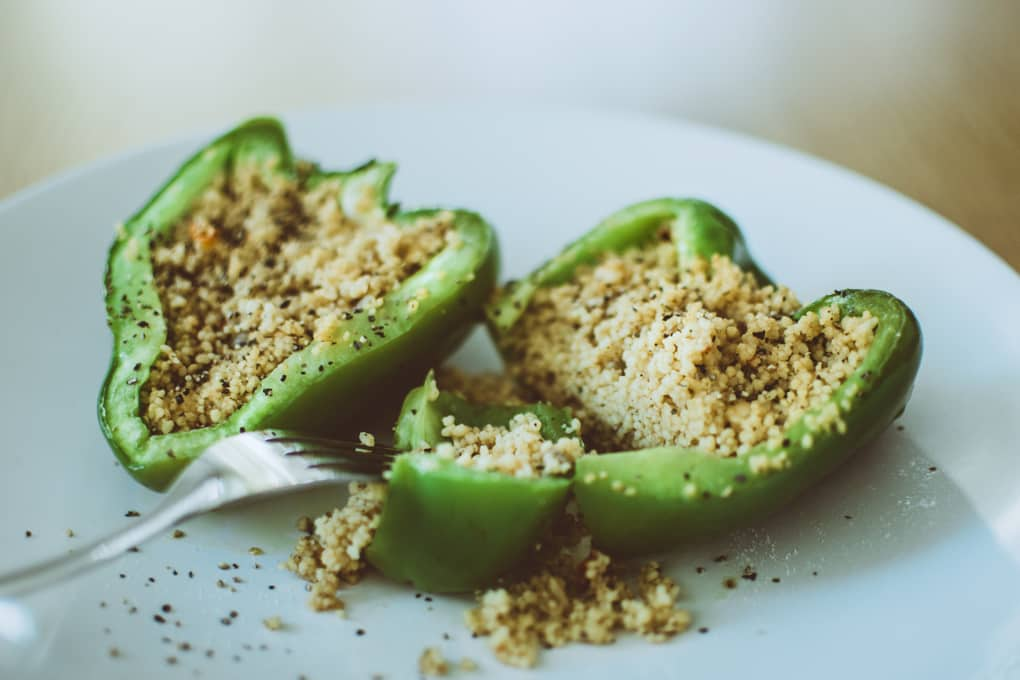
Getting Down to the Numbers
If you’re looking for amounts to guide you on a daily basis, Dr. Goldner likes to see the following:
- At least eight cups of raw vegetables a day
- At least 96 ounces of water a day
- A handful of flax or chia seeds a day (her suggestions include either ground up into your smoothie or in a chia pudding)
She says this isn’t as intimidating as it may sound at first. “Drink green smoothies and eat salads all day, so that you’re raw all day, and then come home and cook dinner with your quinoa and beans and vegetables or something like that.”
Dr. Goldner believes that based on her own experience and her experience with treating her patients that if people can follow this way of eating, it’s not only going to help with any kind of disease they already have, but it’s going to keep them healthier than they would normally be.
Resources for Healing
Dr. Goldner is so passionate about making sure that everyone has access to healing resources that in addition to her books Goodbye Autoimmune Disease (affiliate link) and Goodbye Lupus (affiliate link), she also offers free 6 Steps to Reversing Disease with Supermarket Food online classes. In addition, Dr. Goldner’s husband Thomas Tadlock, M.S. started smoothieshred.com, which offers FREE smoothie recipes, workouts, group support and mentoring. If you don’t want to give any personal information, you can still access the smoothie recipes without signing in.
If you’re dealing with a chronic illness, Dr. Goldner suggests talking with your doctor about the possibility of incorporating nutrition into the treatment plan. But, she cautions, don’t be sidetracked if you meet resistance. According to her, doctors weren’t taught about the role of nutrition in illness, health and healing in medical school. Now, they should be getting more exposure to how it’s all connected, but “This is a ground up movement. Patients are the ones that are going to have to bring it to their doctors.” After all, it is your health, and ultimately, eating a lot more vegetables can only help to fuel your body and your recovery.
October 2019 update: While doctors should be getting more education about the role of nutrition in illness, health and healing in medical school, recent studies show that in most cases, they’re not. According to the research article The State of Nutrition Education at US Medical Schools published in The Journal of Biomedical Education, as of 2013, most U.S. medical schools (71 percent) fail to provide the recommended minimum 25 hours of nutrition education and 36 percent provide less than half that much. That’s based on survey responses from 121 of all 133 U.S. medical schools. Bottom line: Trust your doctor but don’t be afraid to educate yourself about the healing power of food and bring what you learn back to them. Together, you’ll be better equipped to support the best you possible.
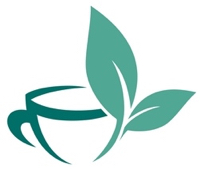
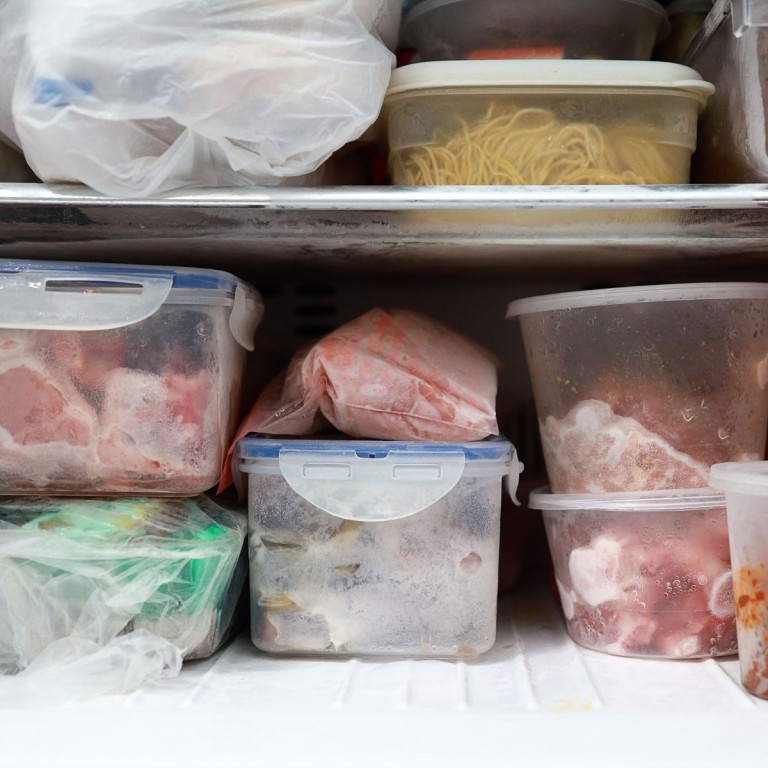
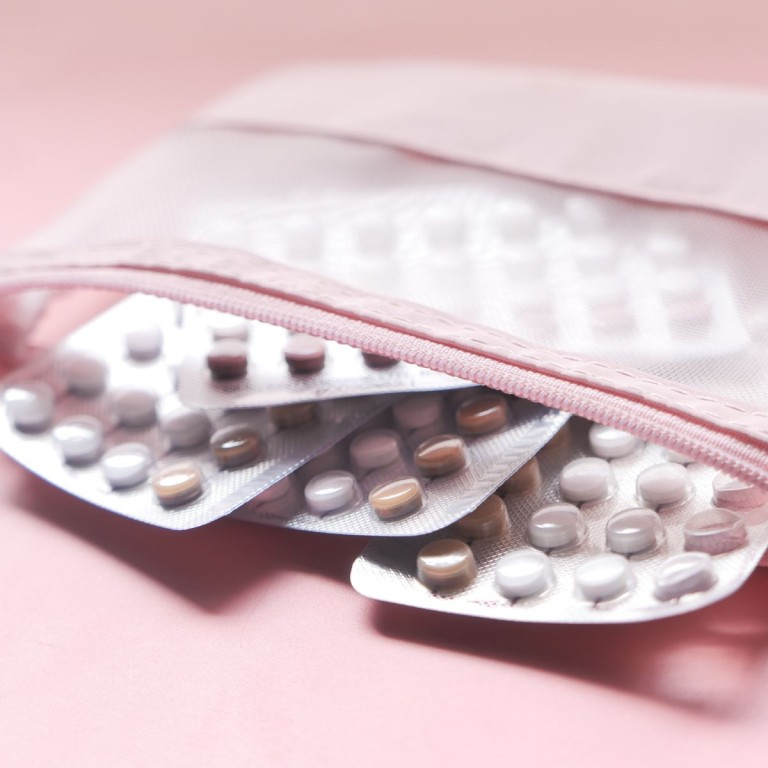
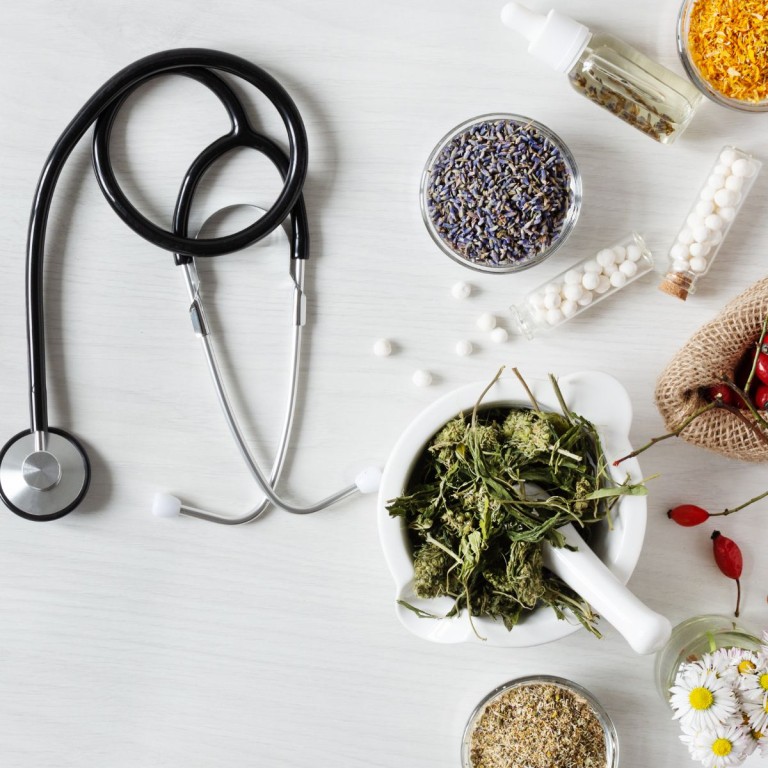

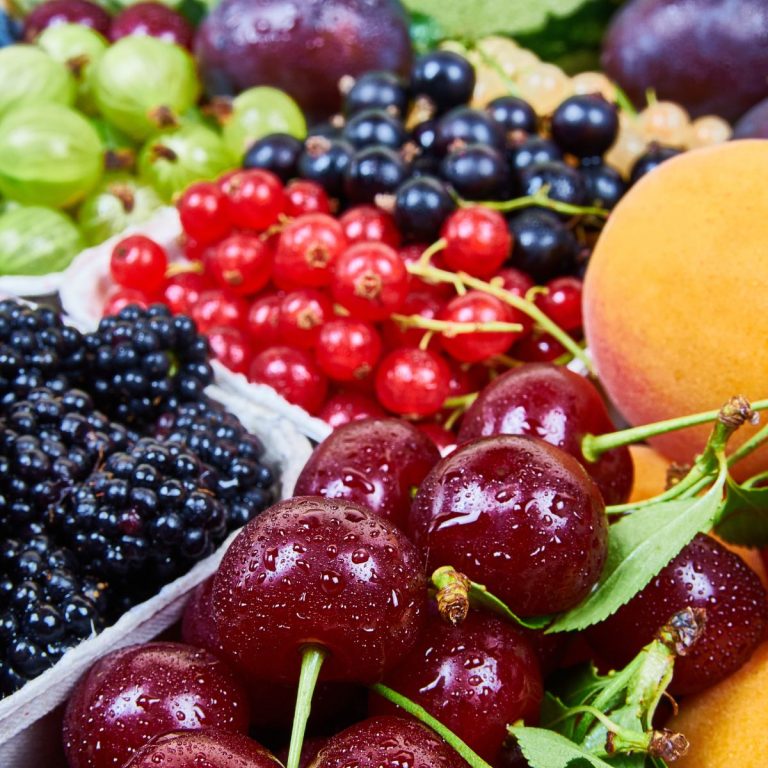
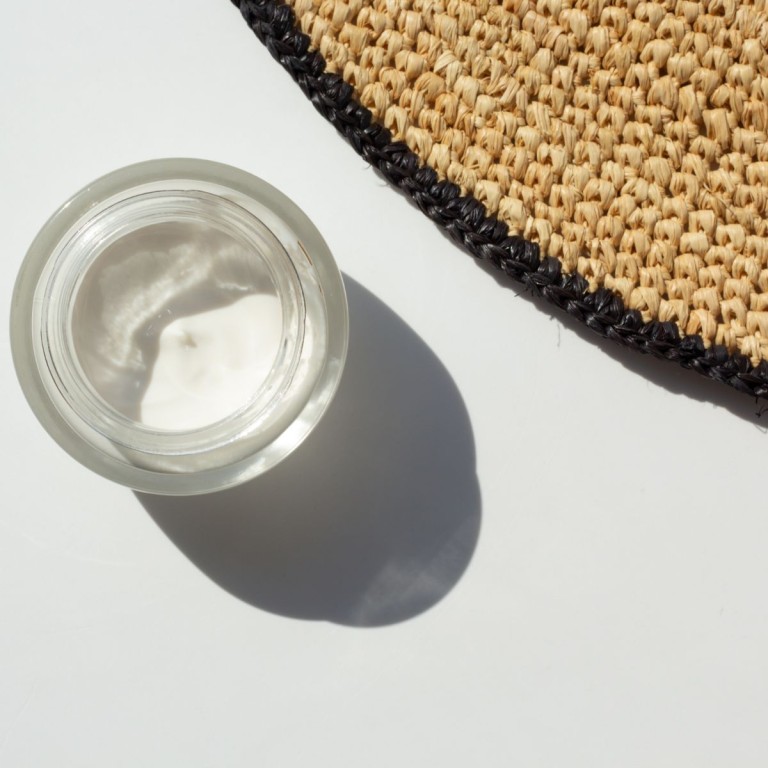
5 Comments